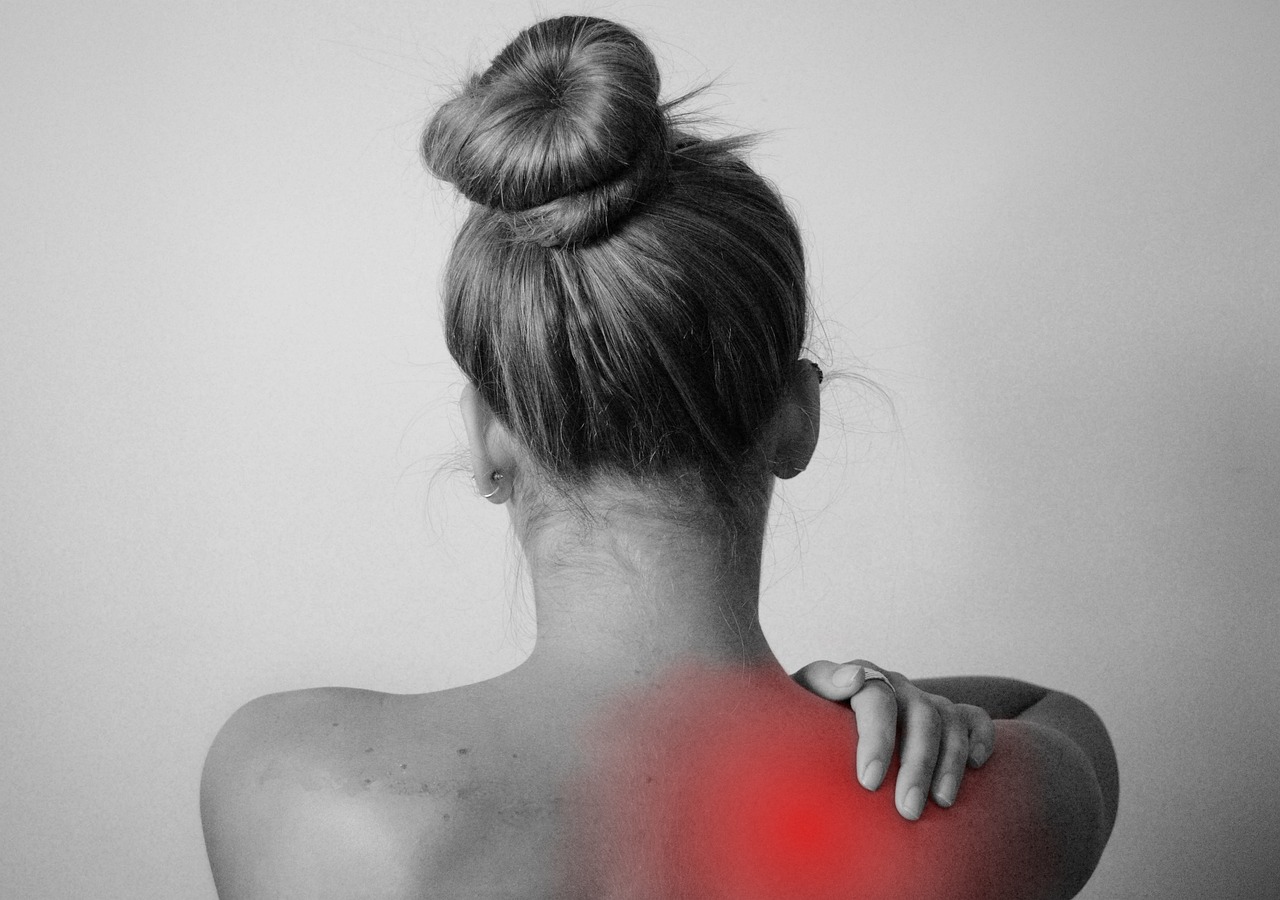
What is low back pain?
There are many causes for low back pain and so it’s difficult to define as one problem. It’s a very common problem affecting more than half of the UK population at some time in their lives.
It’s easier to understand low back pain when you understand the structures in the low back.
If you were to look into your low back, starting from the skin and looking deeper, the structures you would encounter are;
- Skin
- Fat
- Muscle
- Fascia (a stringy tissue that separates layers in the body)
- Ligaments (join bone to bone)
- Tendons (join muscle to bone)
- Bone
- Nerves
- Intervertebral discs
What does it feel like?
The feeling of the pain is dependent upon the cause and the structure that is irritated. There really is no one size that fits all.
When skin and fat hurt, it tends to feel like a burning pain.
Muscle, ligament and tendon pains often feel like an ache which is worse on movement and after rest.
Bone pain is often described as a constant dull ache.
Nerve pain feel sharp and is often described as like an electric shock. Nerve pain is often felt along the length of the nerve and not just at the sire of the problem.
Intervetebral discs often cause pain by squashing nerves which are close by and as such can feel sharp.
It is not unusual for low back pain to cause changes in posture and how people sit, sleep, move and walk. As such, the problem often leads to strains in other parts of the body.
How did I get it?
There are many causes for low back pain.
The commonest problem that we see at The Oakwood Surgery is when a patient has strained their back from some sort of trauma such as heavy lifting, or from poor posture. It can be as simple as a strain from mowing the lawn to a slipped disc following lifting a heavy object.
There are a number of other significant problems that cause low back pain that we screen for when we talk to our patients. As such, we try to take a lot of information to help us thoroughly understand the cause of your pain.
When we speak to you about this, we may offer you a face to face appointment to examine you. An examination of the back usually consists of us watching you walk and bend your back. We will feel the bones and muscles in your back and may ask you to lay on the examination cough to stretch your legs as we look for features of nerve irritation. In some cases we may ask to examine your bum to look for features of loss of sensation or muscle tone.
How long will it last?
We class low back pain that has been a problem for less than six weeks as “acute” and where the problem has lasted longer than 6 weeks we call it “chronic”.
Most simple strains resolve within a couple of weeks assuming the back is not repeatedly insulted by heavy lifting and poor posture.
Bed rest is no longer advised for low back pain as this can prolong the time to recovery.
It’s important to stay active, but not so active that you hurt your back – we call this active rest.
Do I need any treatment?
A strain of the low back often passes without any treatment other than active rest.
Paracetamol in combination with ibuprofen can often be used safely to ease the discomfort. These are available over the counter without a prescription.
If the pain is persisting longer than 2 weeks referral to a physiotherapist may be of some benefit.
We don’t normally take blood tests or request an xray of the back unless we think there may be a problem other than a strain.
If the back pain is a symptom of another disease process then we will need to address that problem as a matter of priority.
Is this dangerous?
A simple back strain is not usually dangerous.
However, there are some conditions that can cause low back pain that require urgent attention. As such, when we speak to you about your pain we will also ask you about:
- Any recent severe trauma (for example a fall or a car accident)
- Recent onset leg numbness
- Recent onset leg weakness
- Recent onset incontinence
- Recent onset numbness in the groin area or around the anus
- Felling generally unwell (such as shivers, temperature, cough)
- Past history of cancer
- Symptoms of prostate disturbance in men
- Onset of pain in those aged under 20 or over 50
This list isn’t exhaustive but gives you a clue about the sort of things we need to know to properly understand the cause and seriousness of your problem.
Useful links
Back exercises
https://www.youtube.com/watch?v=p6CMso14NWk
Private physiotherapy providers
